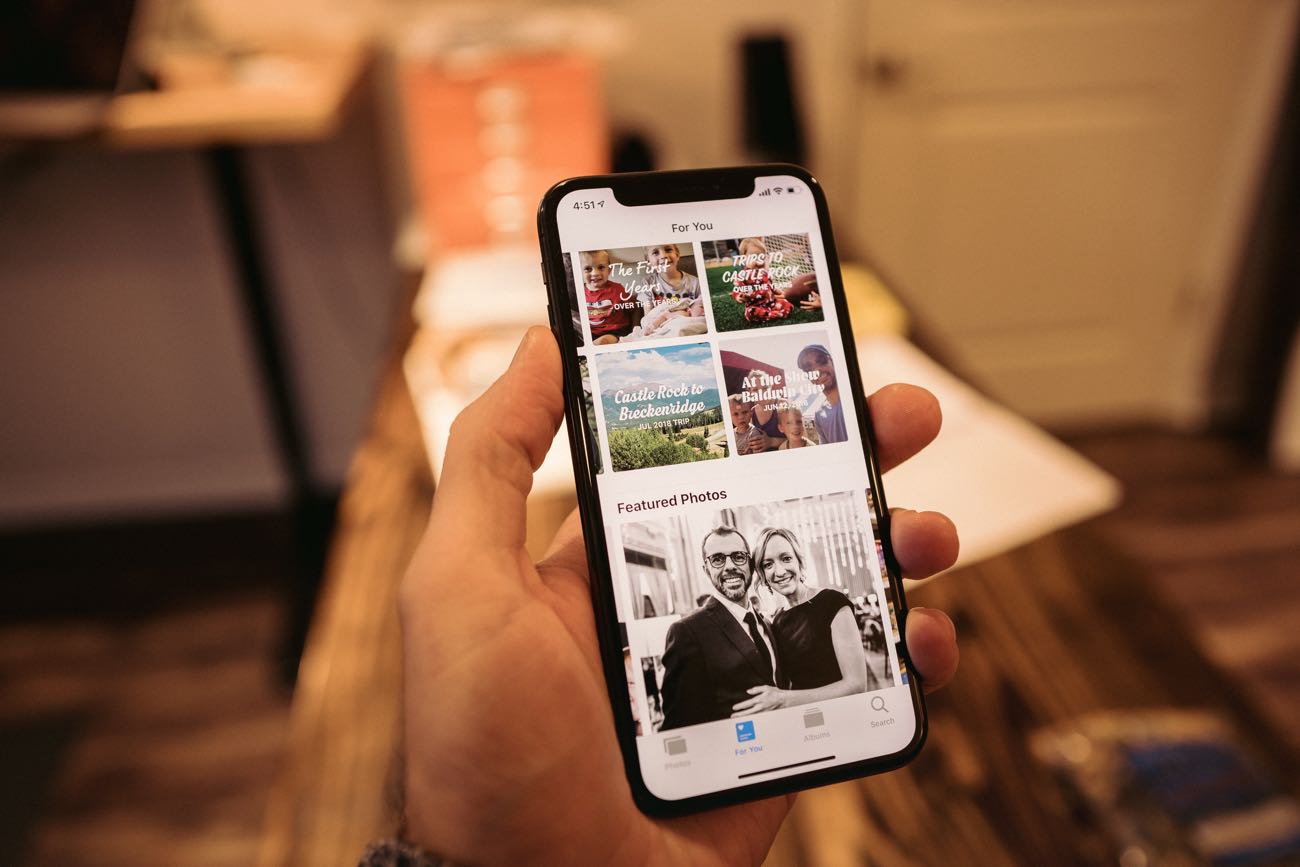
Understanding the Problem
Transferring pictures from an iPhone to an Android device can often be a frustrating experience, especially when the process is not straightforward. This article aims to provide a comprehensive guide on troubleshooting common issues and offering alternative methods for seamless photo transfer between iPhones and Androids.
Common Issues
- Network Settings: Incorrect or outdated network settings on the iPhone can prevent photos from being sent to Android devices. This includes settings related to MMS, cellular data, and Wi-Fi.
- File Format Compatibility: iPhones often save photos in HEIC format, which may not be compatible with all Android devices. This can lead to photos being resized or compressed during transfer.
- App Functionality: The Messages app on iPhones is commonly used for photo sharing, but it may not always work seamlessly with Android devices.
Troubleshooting Steps
Enable MMS Messaging
Ensuring MMS messaging is enabled on your iPhone is crucial for sending multimedia files like photos and videos.
- Step-by-Step Guide:
- Go to Settings.
- Tap on Messages.
- Ensure that MMS Messaging is turned on.
Restart Your iPhone
Sometimes, simply restarting your iPhone can resolve connectivity issues and ensure that all settings are refreshed.
- Step-by-Step Guide:
- Press and hold the Sleep/Wake button until the "Slide to Power Off" slider appears.
- Slide the slider to the right to turn off your iPhone.
- Wait for about 30 seconds and then press and hold the Sleep/Wake button again until you see the Apple logo.
Disable and Enable Cellular Data/Mobile Data
Disabling and re-enabling cellular data can sometimes resolve connectivity issues related to photo transfer.
- Step-by-Step Guide:
- Go to Settings.
- Tap on Mobile Data/Cellular Data.
- Toggle the switch off and then back on.
Update iOS
Ensuring that your iPhone is running the latest version of iOS can often resolve compatibility issues with other devices.
- Step-by-Step Guide:
- Go to Settings.
- Tap on General.
- Tap on Software Update.
- If an update is available, tap Download and Install.
Reset Network Settings
Resetting network settings can help resolve any bugs or misconfigurations in your network settings.
-
Step-by-Step Guide for Newer iOS:
- Go to Settings.
- Tap on General.
- Tap on Transfer or Reset iPhone.
- Tap on Reset and then select Reset Network Settings. Enter your passcode when prompted.
-
Step-by-Step Guide for Older iOS:
- Go to Settings.
- Tap on General.
- Tap on Reset.
- Select Reset Network Settings and enter your screen passcode to proceed.
Alternative Methods
If the above steps do not resolve the issue, there are several alternative methods you can use to transfer photos from an iPhone to an Android device.
Using AirDroid Personal
AirDroid Personal is a powerful file transfer app that allows seamless transfer of files between Android and iPhone without any size limits on photos.
- Download AirDroid Personal on both your iPhone and Android device.
- Run the App: Log in with the same AirDroid account on both devices.
- Transfer Photos: Open the iPhone app, tap the Transfer icon at the bottom, and choose your Android's name under "My devices."
- Select Photos: Tap the attachment icon and select the photos/videos you want to transfer to Android.
- Transfer: Tick the checkbox at the top to select all the files and hit Send. The photos will be transferred wirelessly to your Android device.
Using iCloud
If you have iCloud enabled on your iPhone, you can transfer photos from iCloud to your Android device.
- Download Photos from iCloud: Install the iCloud for Windows program on your computer.
- Download Photos: Sign in with your Apple ID and download the photos in full size.
- Transfer to Android: Plug in your Android device and transfer the downloaded photos.
Alternatively, you can use the Sync for iCloud app on Android to view and download all your photos directly from iCloud.
Using Third-Party Apps
There are several third-party apps available that can help you transfer photos between iPhone and Android without any hassle. Some popular options include:
- Photo Transfer App: This app allows you to transfer photos wirelessly between devices by connecting them to the same Wi-Fi network.
- Grapic App: This app is designed specifically for transferring high-quality photos between iPhone and Android without any compression.
Additional Tips
File Format Compatibility
One common issue is that iPhones save photos in HEIC format, which may not be compatible with all Android devices. To resolve this, you can change your iPhone camera settings to save pictures as JPG files:
- Change Camera Settings:
- Go to Settings.
- Tap on Camera.
- Select Formats.
- Choose Most Compatible.
Email Transfer
Email is another method that can be used to transfer photos from an iPhone to an Android device. However, this method may not always ensure full-size photos due to email size limits and compression:
- Send via Email:
- Open the Photos app on your iPhone.
- Select the photos you want to transfer.
- Tap on the Share icon.
- Choose Mail and send the photos to your email address.
WhatsApp Transfer
If most of your friends have WhatsApp installed on their phones, you can suggest they send photos as documents through WhatsApp to avoid compression:
- Send via WhatsApp:
- Open WhatsApp on your friend's iPhone.
- Select the photos you want to transfer.
- Tap on the Share icon.
- Choose Document and send the photos as documents.
